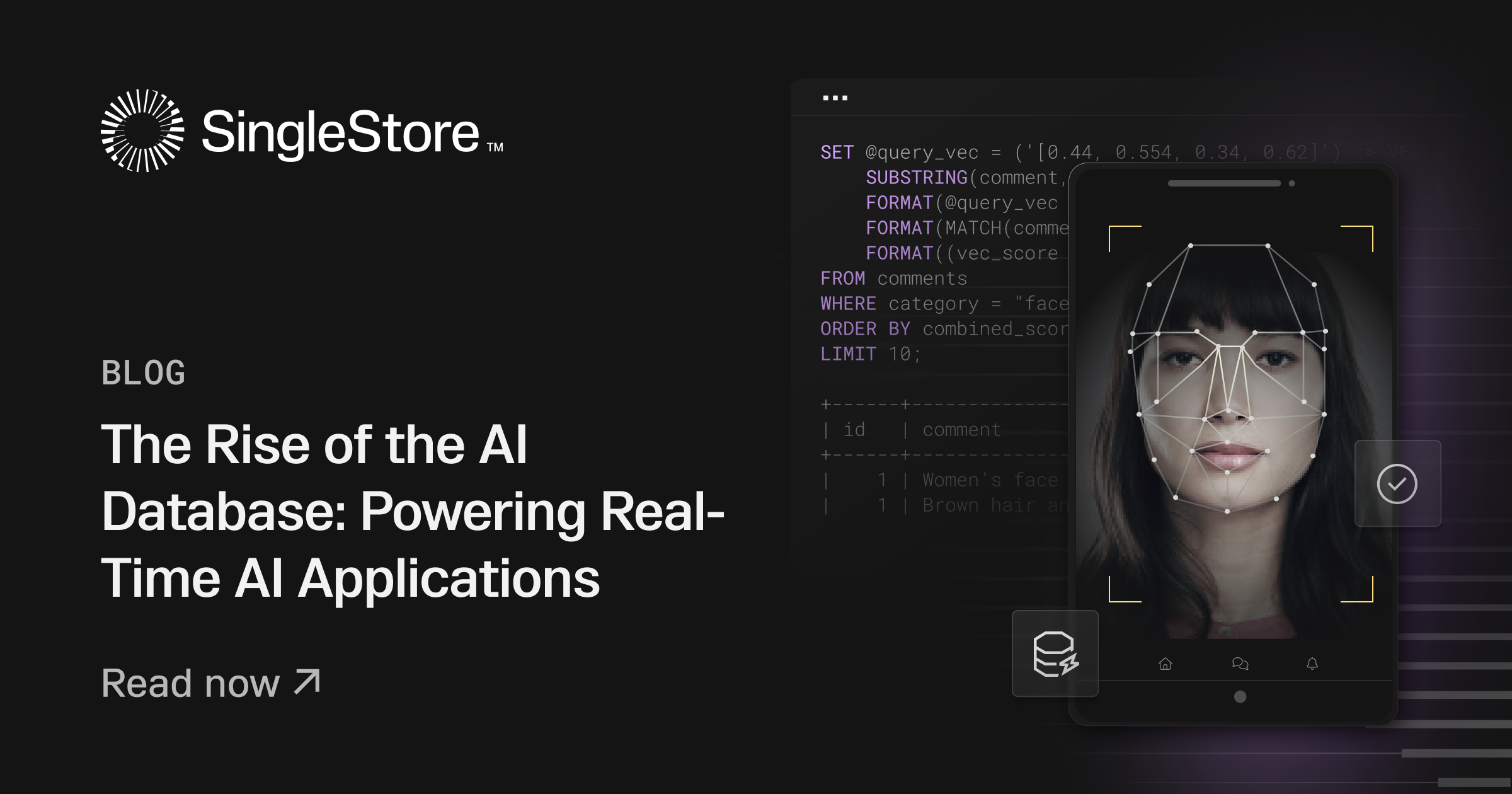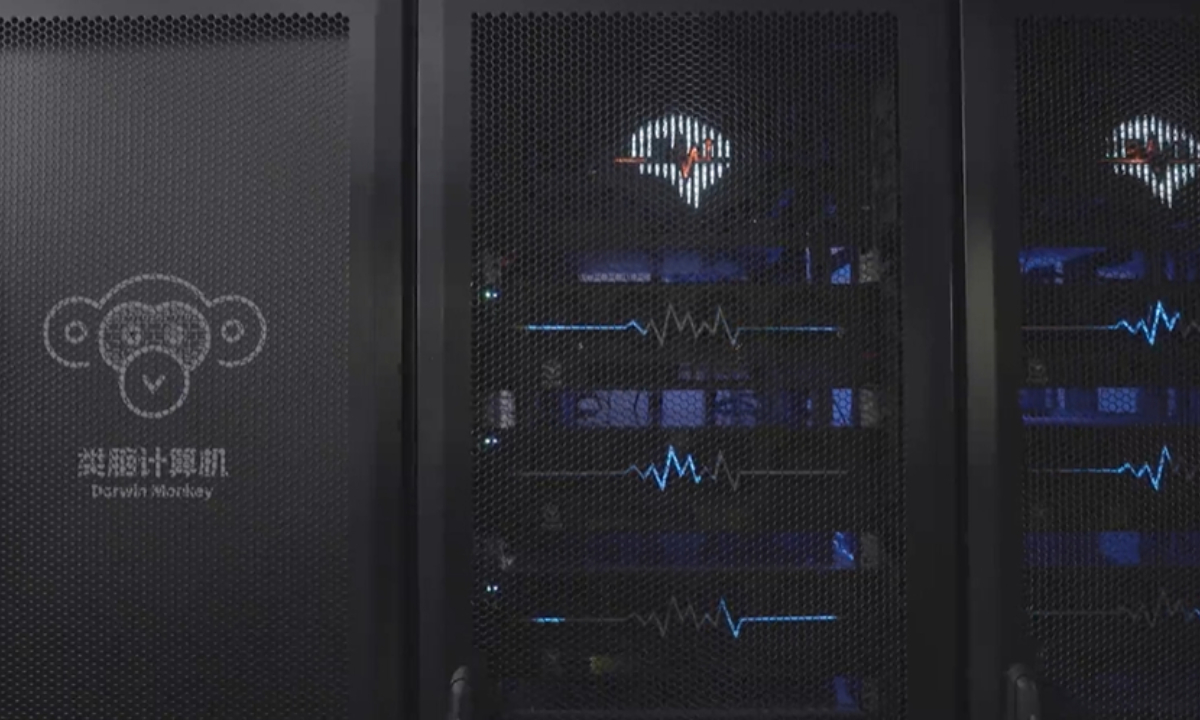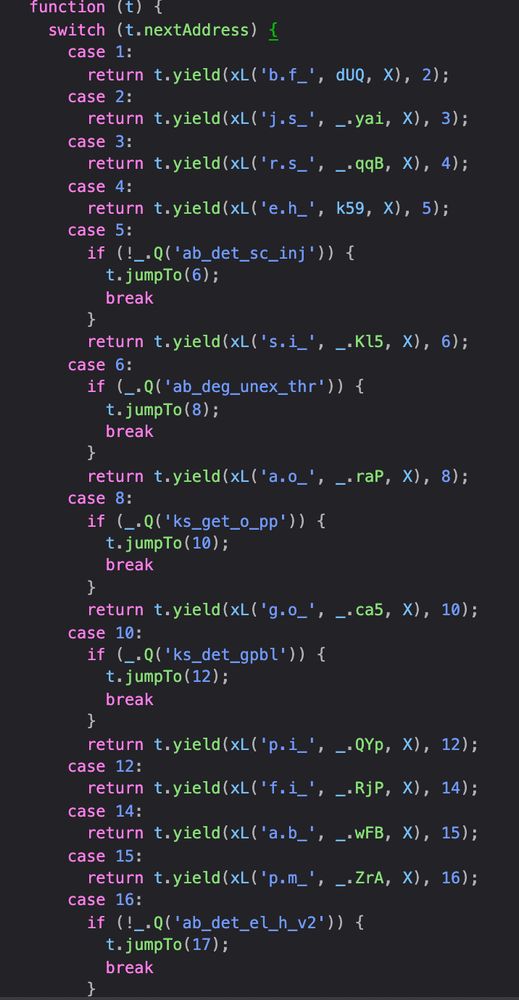
The Rise of the AI Database: Powering Real-Time AI Applications
As AI rapidly evolves, organizations are racing to build and deploy high-performance gen AI apps that deliver real-time insights and seamless user experiences. Central to this transformation is the emergence of the generative AI database , a new category of data platform optimized for vector search, semantic indexing and full-text retrieval. These systems are designed to address challenges like data silos, data quality and integration for AI and analytics. As the name suggests, a gen AI database is purpose-built to power generative AI models and applications, enabling developers to store, query and analyze both structured and unstructured data at scale, with the data stored in these platforms playing a crucial role in supporting advanced analytics and machine learning.
A generative AI database combines relational data management with vector search and full-text indexing , supporting multiple data types and data structures including unstructured, hierarchical and multi-dimensional data, in a single platform. It allows developers to ingest transactional records, document corpora and model embeddings without moving data between silos. This unified architecture reduces latency, avoids data duplication and ensures gen AI apps operate on the freshest, most complete dataset available. The platform stores different types of data and is capable of storing data in various formats for diverse AI and analytic workloads. By integrating approximate nearest neighbor (ANN) search and keyword lookup under one SQL‐compatible interface, these databases empower teams to build sophisticated AI services more efficiently.













